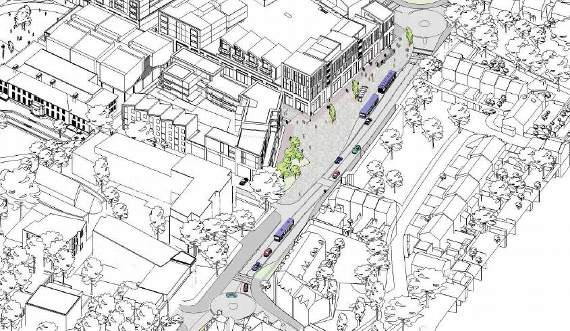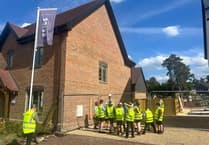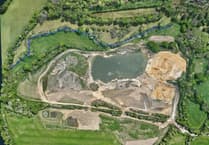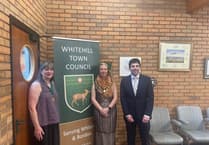A RANGE of proposals to improve local travel once the new A325 relief road is open has been unveiled by Hampshire County Council.
Dubbed the Whitehill and Bordon Integration Project, this collection of transport schemes will be implemented from spring next year onwards.
Essentially, once fully open, the plan is that the new relief road will become the A325, meaning through traffic will be taken away from the centre of the town.
To help this goal, the existing A325 and neighbouring roads will be subject to changes designed to turn Bordon into a green and healthy town.
Work will include: widening footways to make life easier for pedestrians and cyclists; providing more crossing points, and reducing traffic speeds in key locations, such as the entrance to the new town centre.
Sections of the current A325 will be narrowed to six metres; more zebra or tiger (for pedestrians and cyclists) crossings will appear; and more facilities for cyclists will be developed, including a continuous shared-use path on the western side of the current A325 and the northern side of Budds Lane.
And Budds Lane itself, which will be narrowed to 5.5 metres in some places, will lose its laybys, but gain raised kerbs, additional paths and more.
There will also be a reduction in the size of the Station Road junction to match estimated future traffic levels.
Pulling out might get a little easier at trouble spots because the Budds Lane and Chalet Hill junctions will include mini-roundabouts to ease flow and reduce the dominance of north-south traffic. Landscaping, such as tree planting, will be carried out along the town’s central routes, particularly along Budds Lane where Hampshire County Council, as the highways authority, wants to change the character of the road “to a park-type environment”.
The council said the town’s regeneration offered a unique opportunity to design the town’s road system in a more joined-up, cohesive way.
“The old approach to town and transport planning was to build for separate groups, either vehicles or pedestrians,” the council said. “This created barriers in towns, and areas which were often left empty outside peak times. This old approach ignores how people want to live, and the need to integrate all types of travel and behaviour.
“We have the opportunity to rethink how travel around the town should operate, and how it can be made to work better. If we do this right, we can build a thriving and sustainable community.”
The council outlined the Integration Project’s five key objectives: to knit together the existing and new areas of town; to reduce traffic levels in the town to accommodate planned growth in housing and jobs; to make the town an attractive place to live; to support better health, and to enable sustainable growth.
The relief road, which cost £27million, is set to open this winter and integration work will begin almost immediately after this. The first phase will focus on Budds Lane and the Arrival Square, to ensure the road is safe in time for the new Mill Chase Academy and town centre’s openings.
The second phase of highways work will focus on the northern and southern gateways to the town to encourage through traffic to use the relief road, while reinforcing the change of character of the current A325.
Later the county council will review areas such as Station Road, Hogmoor Road, Chalet Hill and the remaining sections of the current A325 and will consult with the public about what to do.
“With the scale of development planned over the next few years there will inevitably be disruption to roads and services,” the county council said in a statement.
“We will aim to keep any disruption to a minimum, and to ensure that works are well communicated.”
* All these ideas are open for discussion, and the county council wants to hear people’s views. Visit hants.gov.uk to see the exhibition boards, displayed over the weekend at the Forest Community Centre, and to answer the questionnaire.





Comments
This article has no comments yet. Be the first to leave a comment.